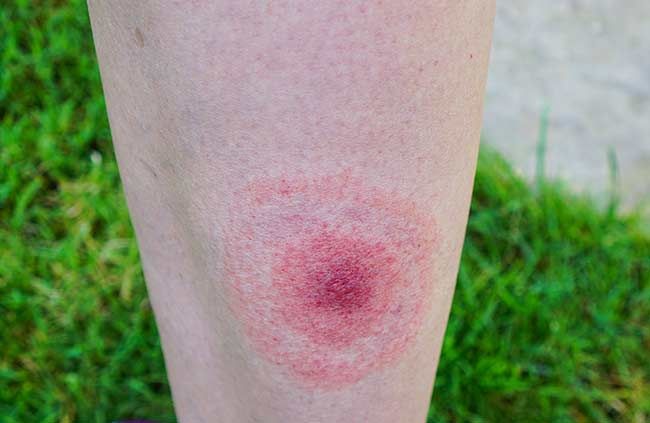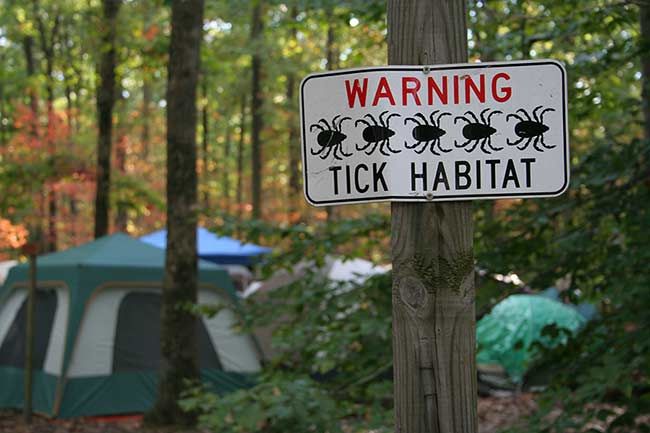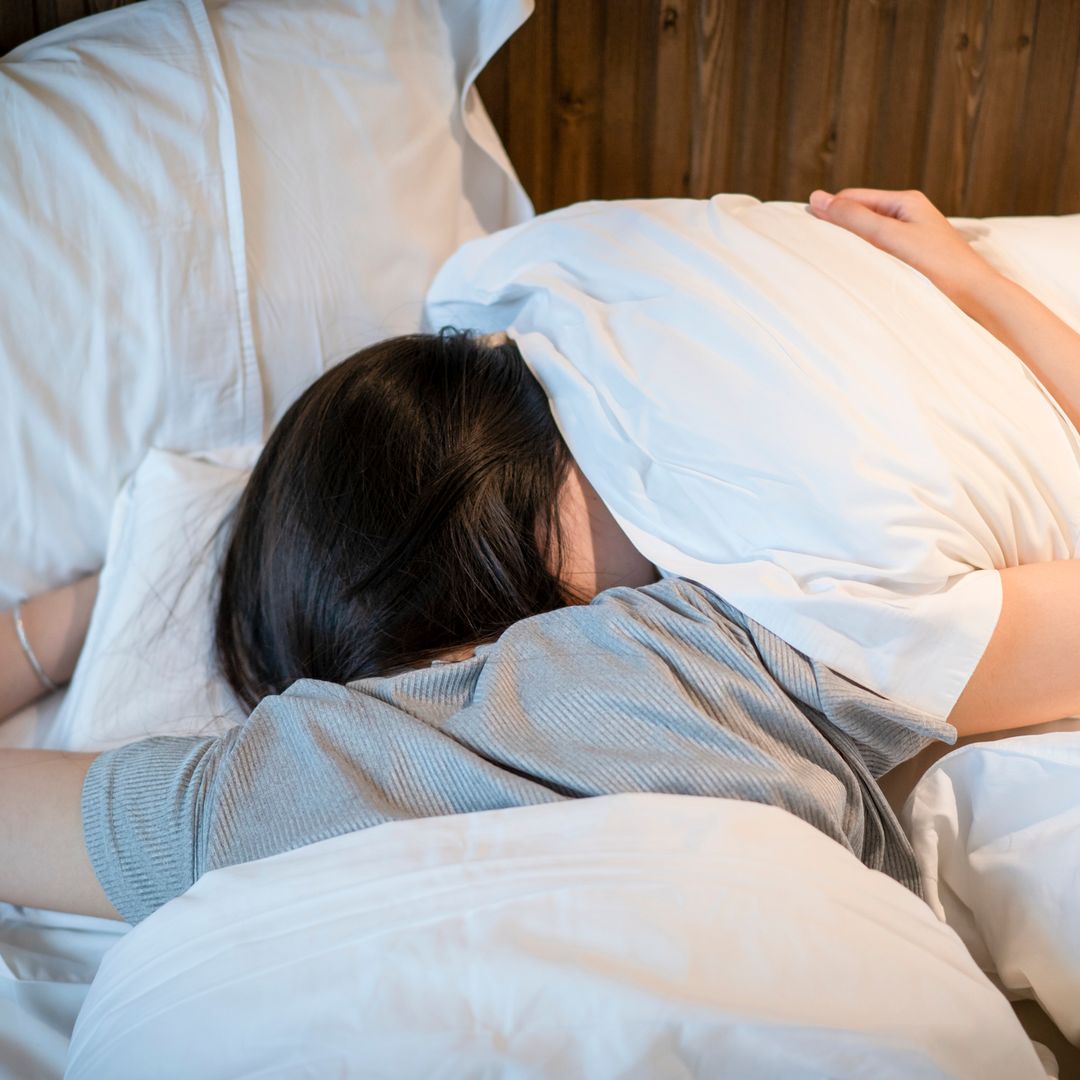In recent years there appears to have been a spate of celebrities talking about their struggles with Lyme disease, with singer Justin Bieber the latest famous face to reveal that he has been diagnosed with the condition. Other known sufferers include Martine McCutcheon, Kelly Osbourne, Avril Lavigne and Bella Hadid, who said her teenage years were "taken" from her due to the disease. But exactly what is Lyme disease and how can it be avoided? Read on for our need to know guide…
What is Lyme disease?
Lyme disease is a bacterial infection which is spread to humans by infected ticks. Ticks are found in woodland and heath areas, and feed on the blood of birds and mammals, including humans. While Lyme disease can often be treated effectively if it's detected early on, there's a risk that you can develop severe and long-lasting symptoms if treatment is delayed.
MORE: Justin Bieber speaks out about difficult health battles over the last few years
Singer Justin Bieber is suffering from Lyme disease
STORY: Martine McCutcheon reveals she has been diagnosed with Lyme disease
Symptoms:
Many people with early stage Lyme disease will develop a distinctive circular rash at the site of the tick bite around three to 30 days after being bitten. However around one in three people won't develop the rash. Some people may suffer flu-like symptoms such as tiredness, muscle and joint pain, headaches, a high temperature and chills in the early stages.
Many people develop a distinctive rash after being bitten by a tick
If Lyme disease is not detected or treated early on, it can lead to the development of more serious symptoms including the following:
- Pain and swelling in the joints
- Problems affecting the nervous system – including pain and numbness in limbs, memory problems and difficulty concentrating
- Heart problems – such as inflammation of the heart muscle, heart block and heart failure
- Inflammation of the membranes surrounding the brain and spinal cord (meningtitis)
Some people with Lyme disease also go on to discover symptoms that are similar to those of chronic fatigue syndrome or fibromyalgia, which is known as post-infectious Lyme disease.
STORY: Yolanda Foster opens up about her debilitating battle with Lyme disease
Bella and Yolanda Hadid both suffer from Lyme disease
Diagnosis and treatment:
The NHS advises seeing your GP if you have been bitten by a tick or visited an area in the past month where infected ticks are found AND you get flu-like symptoms or a circular red rash. A spreading rash after a known tick bite should be treated with appropriate antibiotics. Blood tests can be carried out to confirm the diagnosis after a few weeks, but these may come back negative in the early stages of the infection.
If you suffer with long-lasting symptoms or post-infectious Lyme disease you may see a specialist in microbiology or infectious diseases, who can arrange for further tests for other tick-borne infections.
How to prevent Lyme disease:
There is currently no vaccine available to prevent Lyme disease, but there are a few precautions you can take if you are visiting woodland or heath areas where ticks may be found. You can reduce your risk of infection by keeping to footpaths and avoiding long grass when out walking, wearing appropriate long clothing in tick-infested areas, using insect repellent on exposed skin and inspecting your skin for ticks at the end of the day. Be sure to check both your and your children's head, neck and scalp and promptly remove any ticks you find.
It is important to look out for ticks after walking through woodland or heath areas
How to remove a tick:
If you discover a tick on your or your children's skin, remove it by gently gripping it with a pair of tweezers as close to the skin as possible. Carefully pull it steadily and slowly upwards from the skin without twisting or crushing it, then wash your skin with water and soap before applying an antiseptic cream around the bite.













